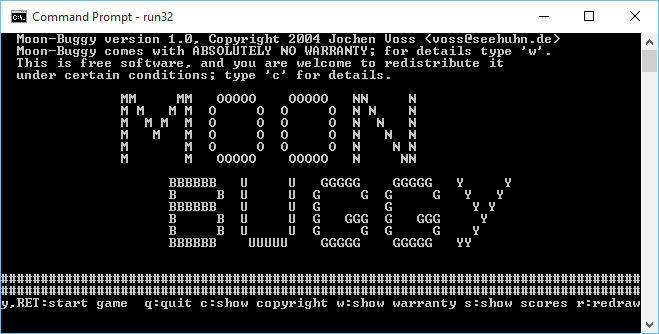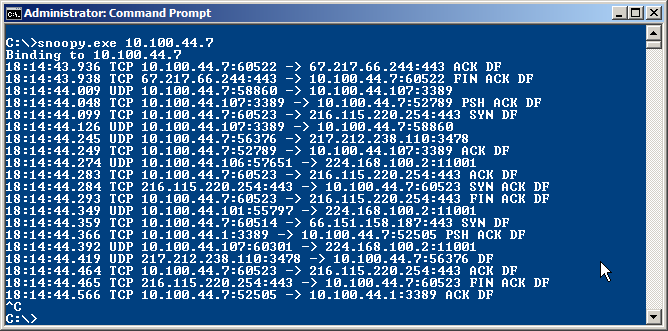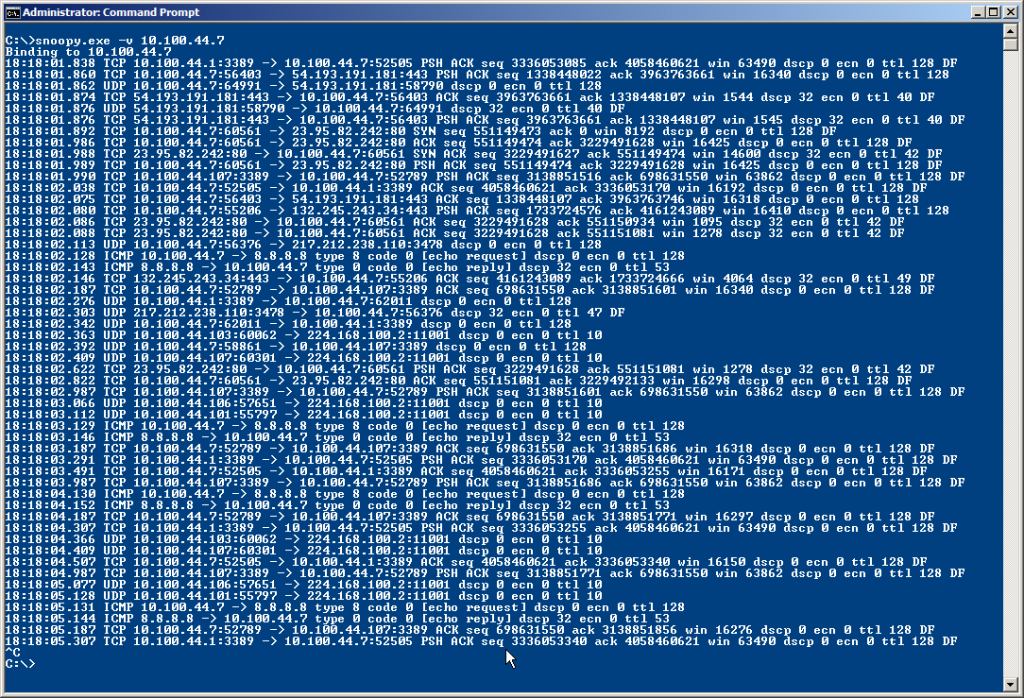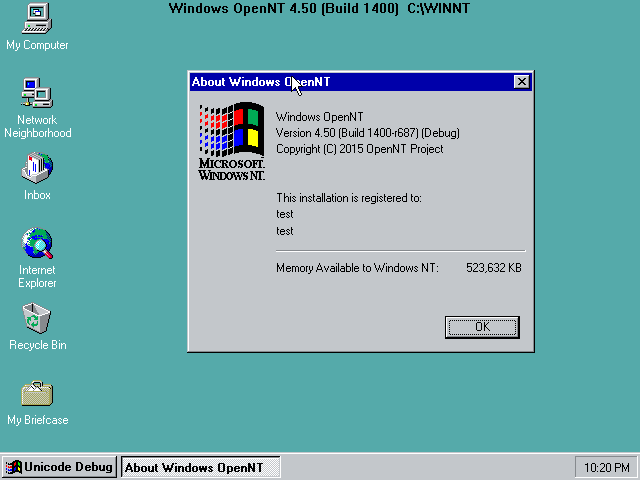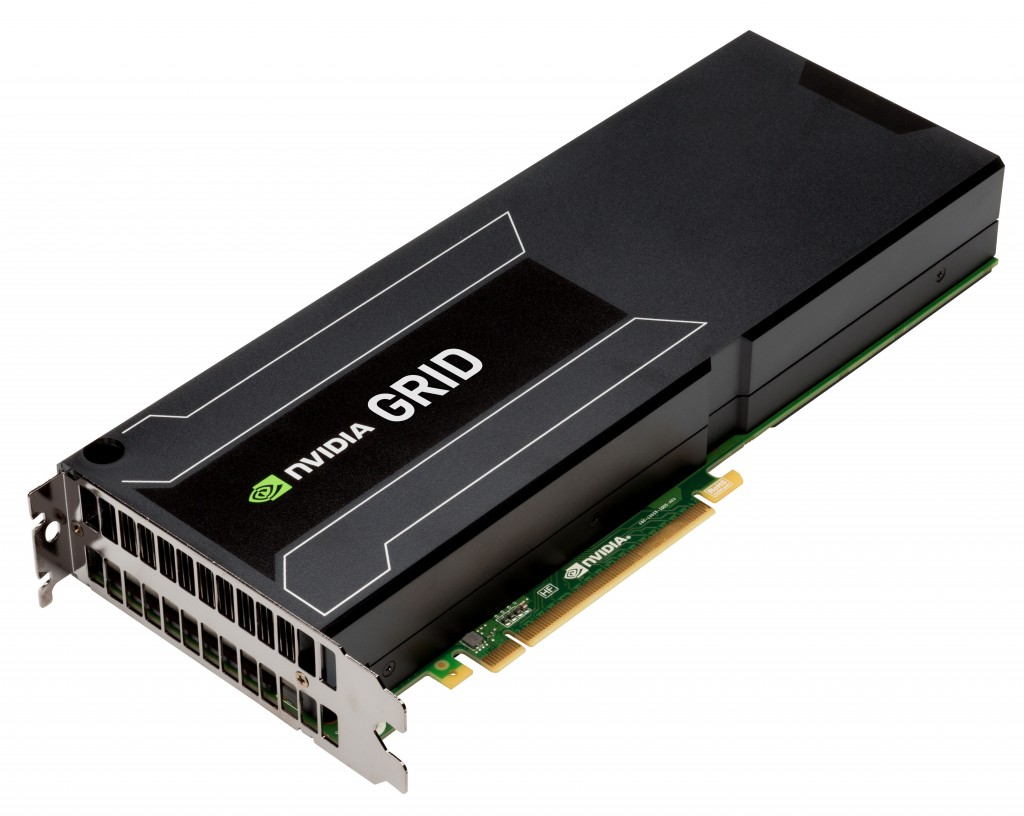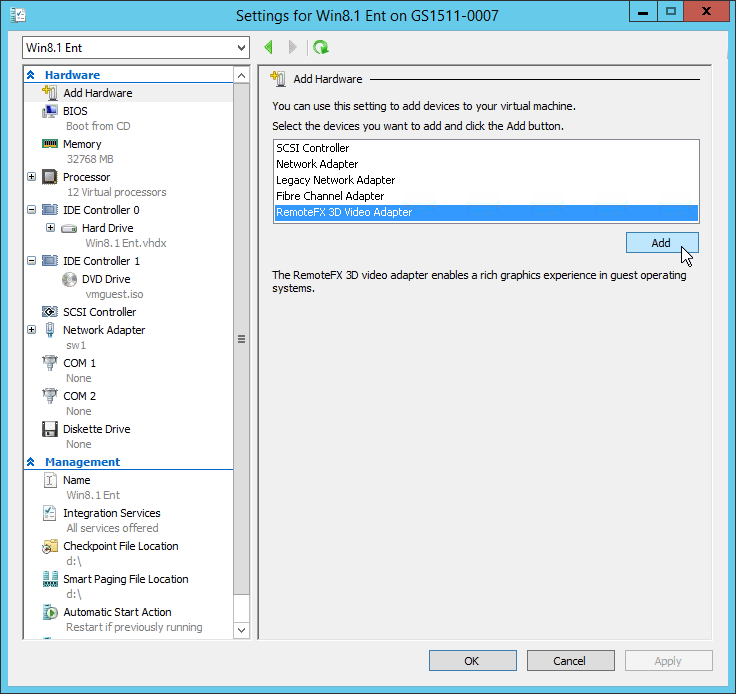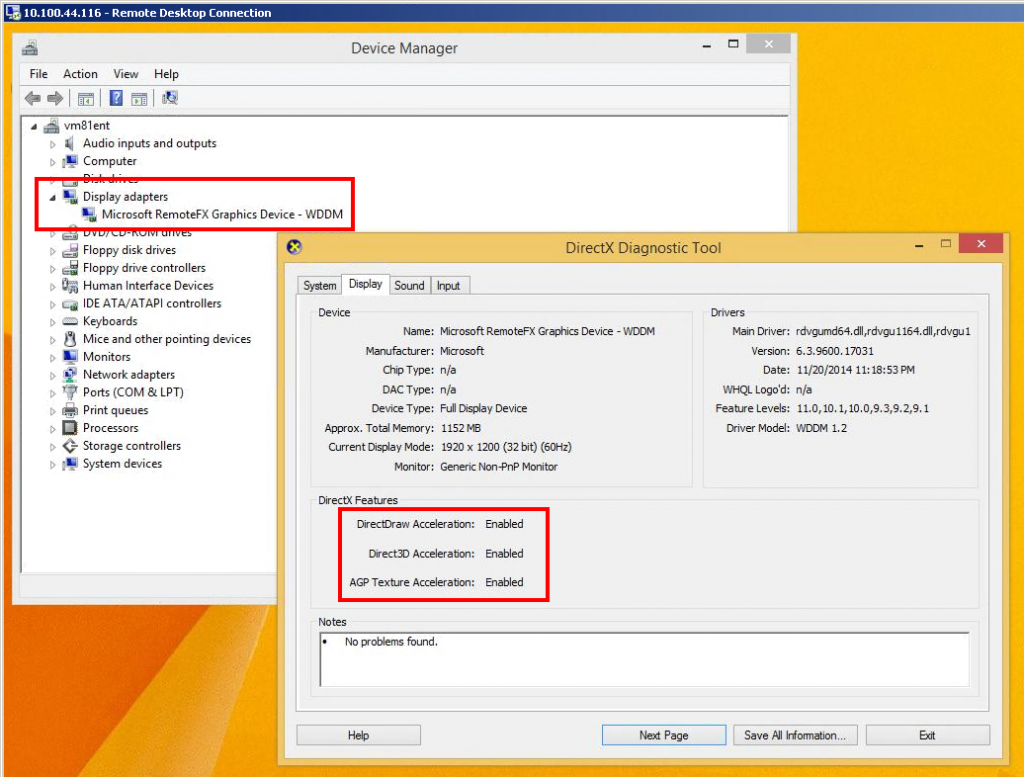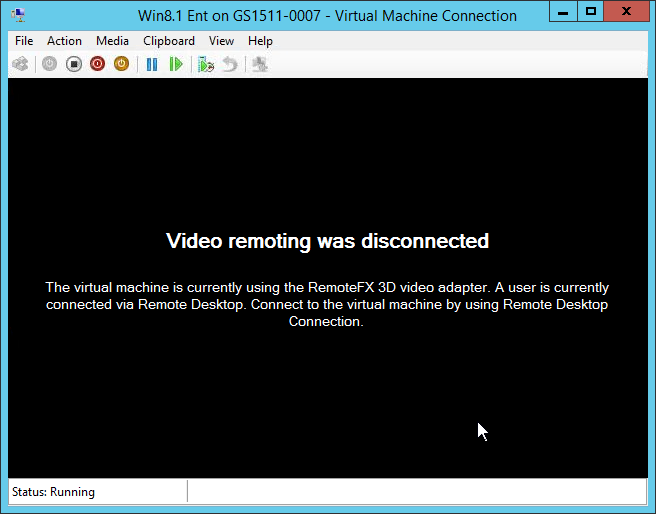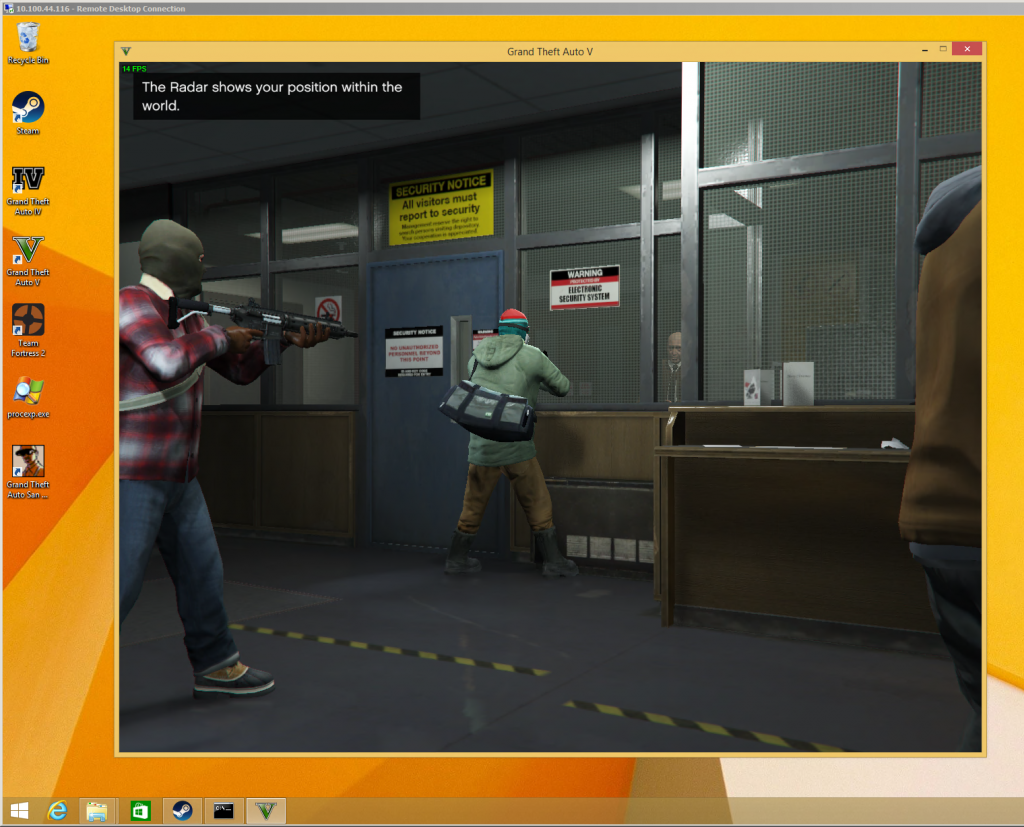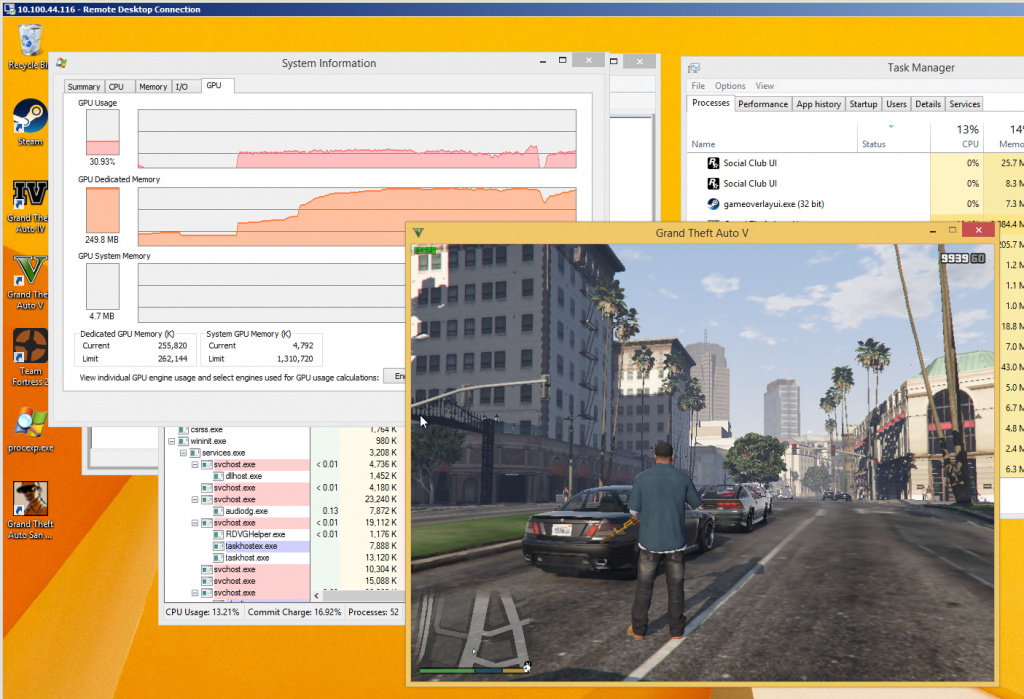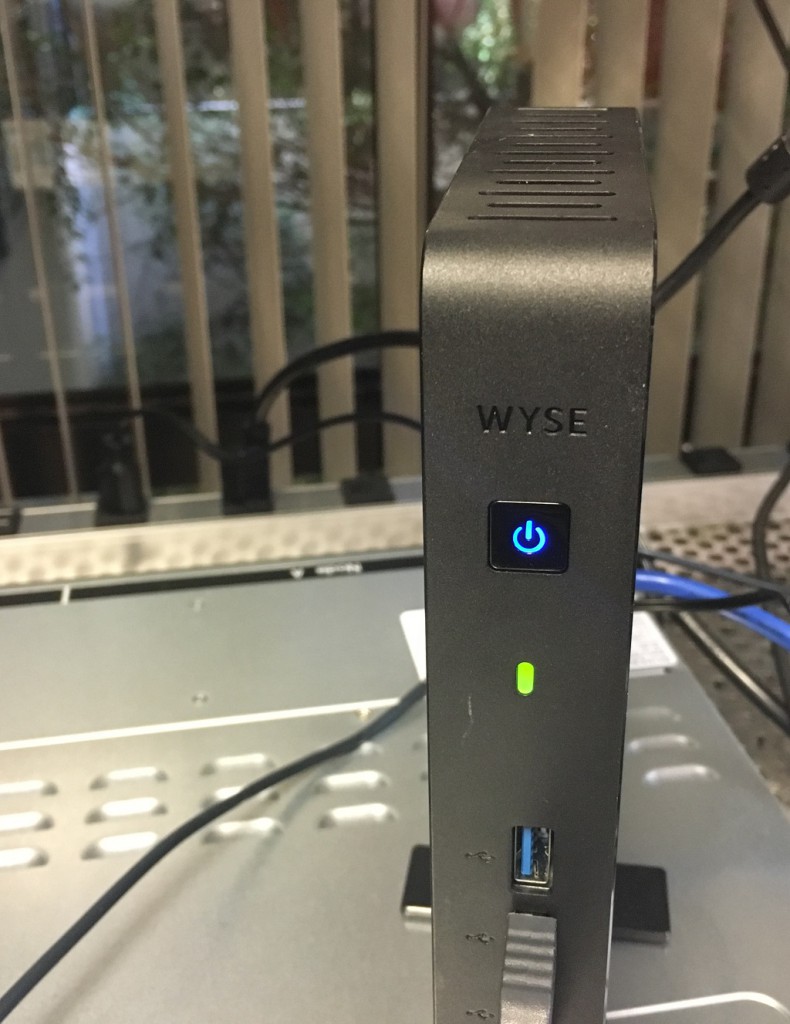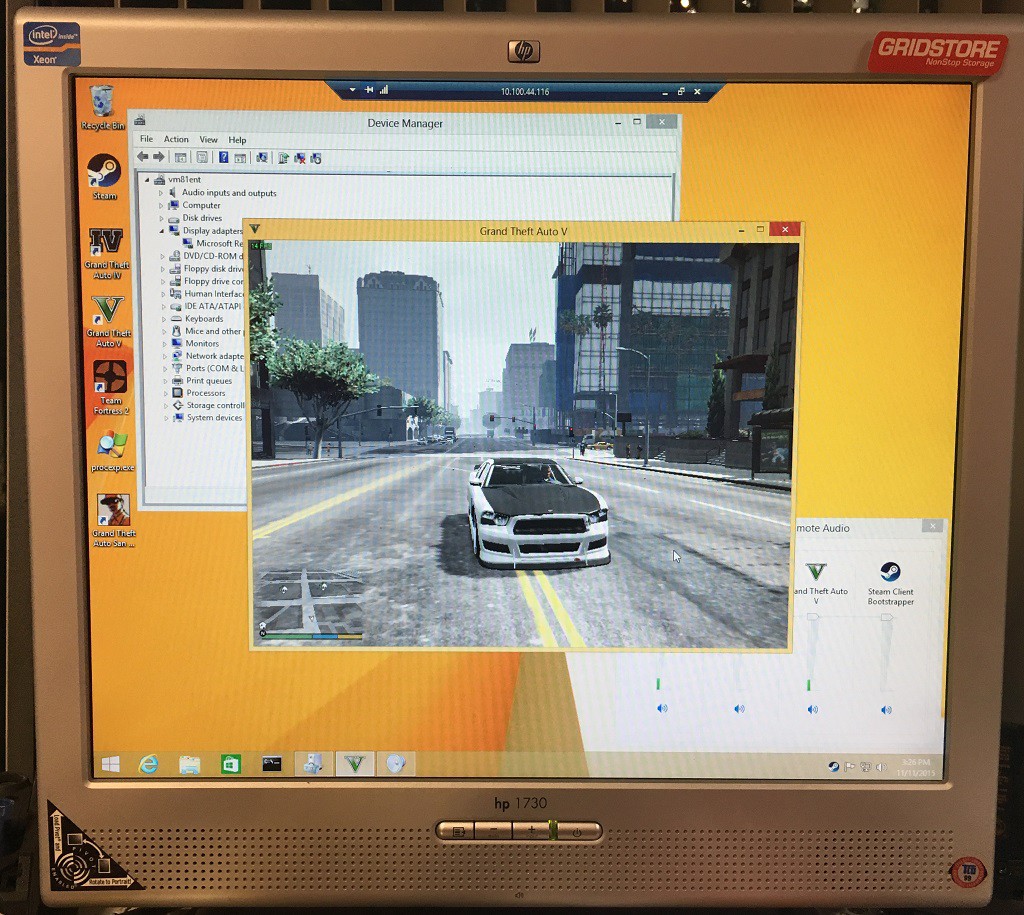So I apparently have more time to spare, so lets get this one out of the way, the Retro Freak!
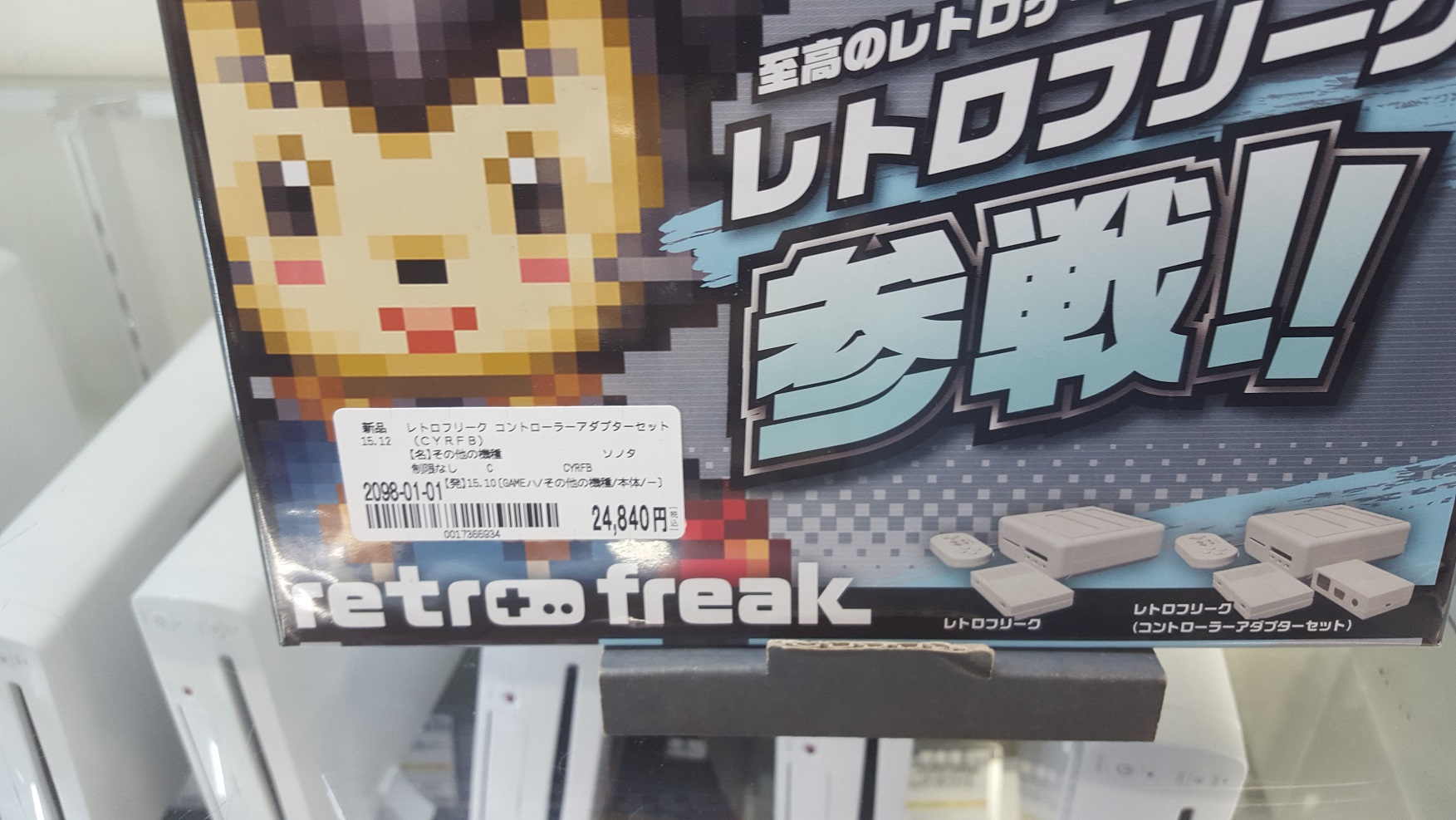
The Retro Freak in the wild!
I saw these originally for demo during an Electronic and game show in Hong Kong.  A vendor in Taiwan who claimed to be the manufacturer was willing to sell the units to me (in bulk mind you!) these units for $160 USD in qty 15-100.  So it was a LOT more than I was willing to spend as this is no doubt an expensive retro console to device.  And much to my surprise I’ve seen them out in retail world for sale with prices ranging from Â¥18,000 to Â¥24,480.  And that was a major surprise.
So I bought one retail for the price I had been quoted back in the autumn.
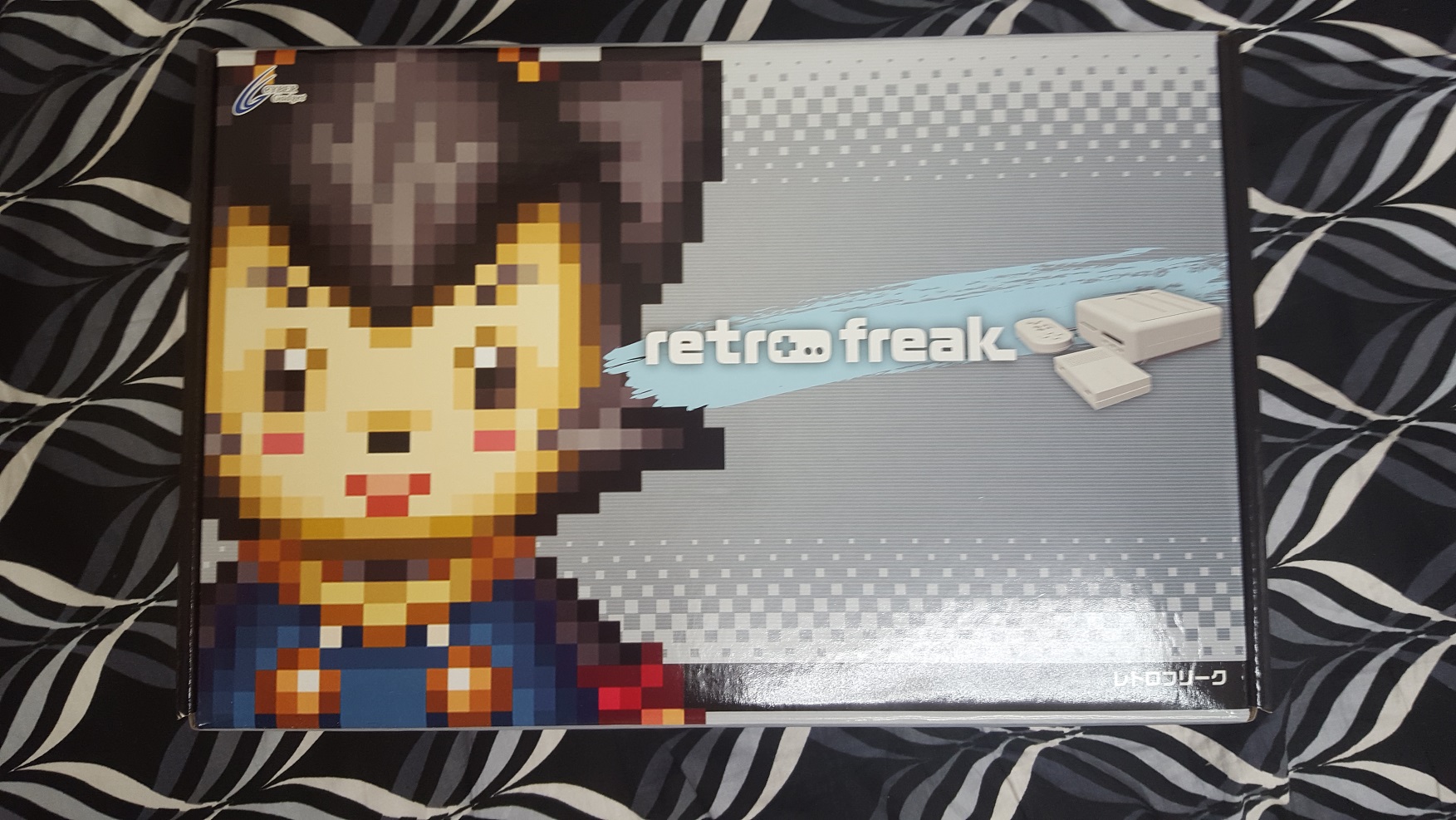
The exciting box!
As you can see this is the box. Â And yes that is the bed in the house I’m currently renting. Â Such a festive background.
And for those who love this kind of thing, here is the back of the box:
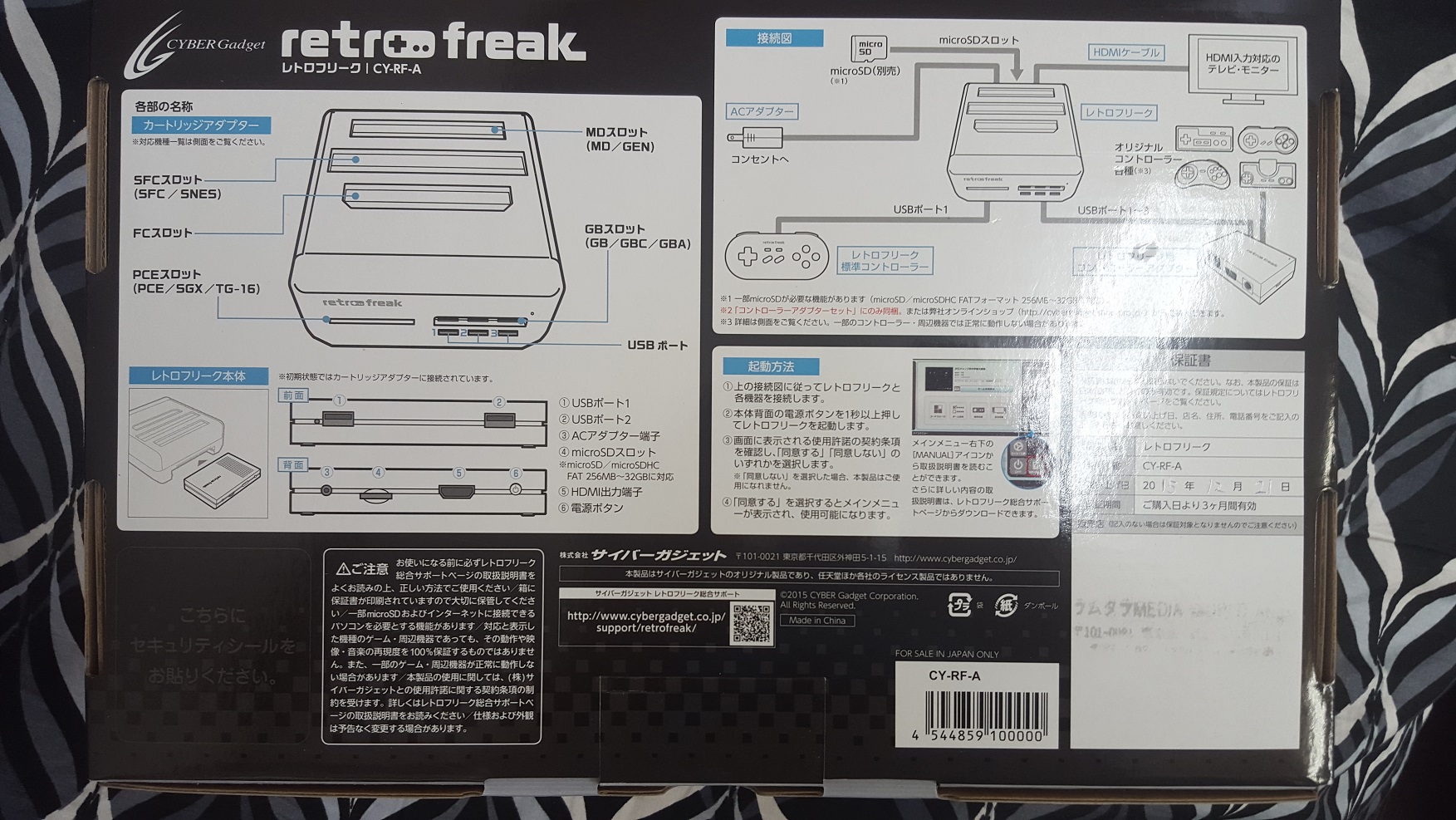
Back
Once I purchased it, and they counted the cash it was opened up, and they put their store chop on it. Â Unfortuantly they used crap ink, and I have to dig out the receipt. Â But it was the cheapest price, which put it at $150 USD (before the 8% tax).
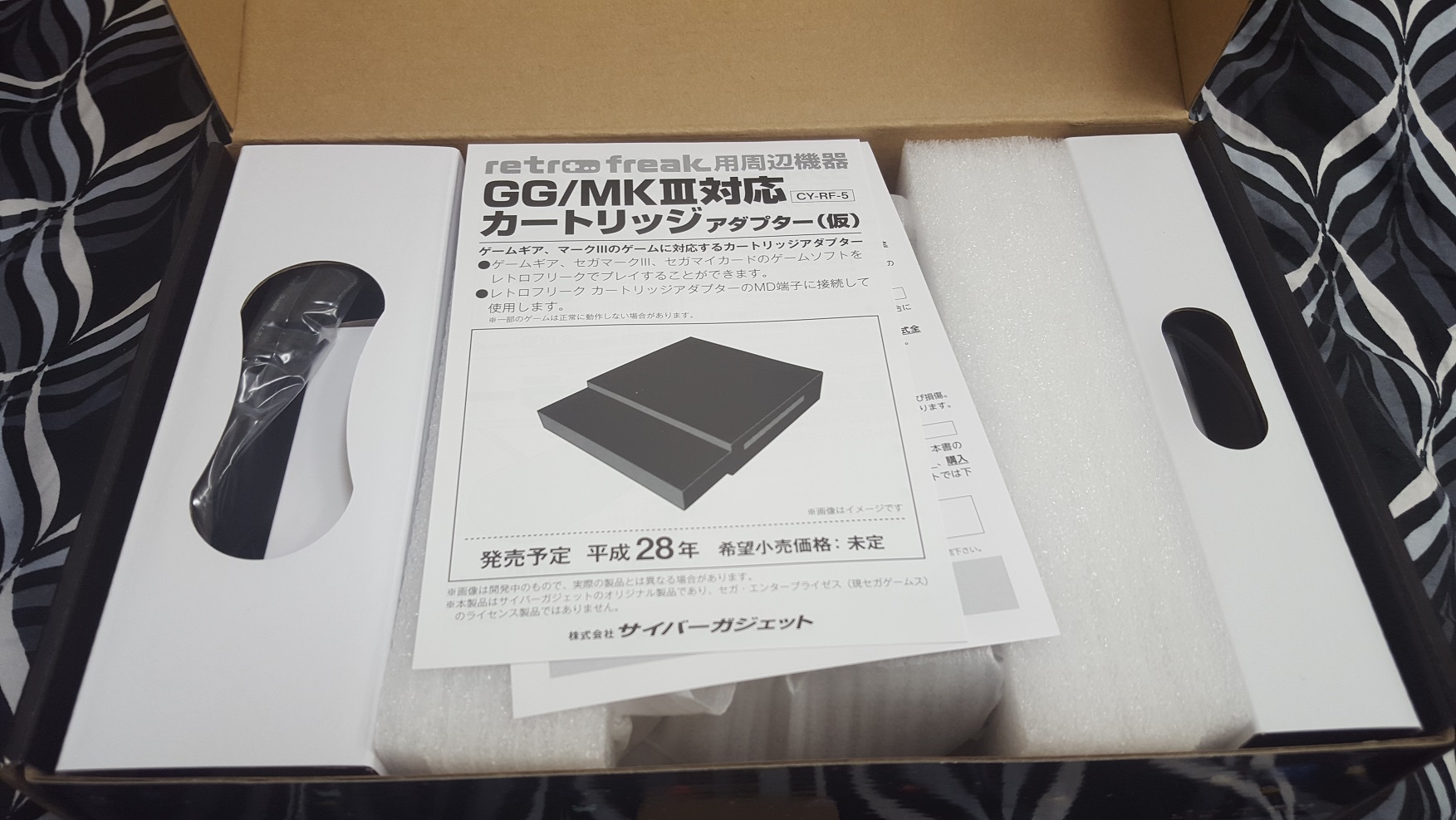
Opening the box
Opening the box, and we get that made in China feel. Â The box is cheap, but hell I didn’t pay for a box, I paid for…
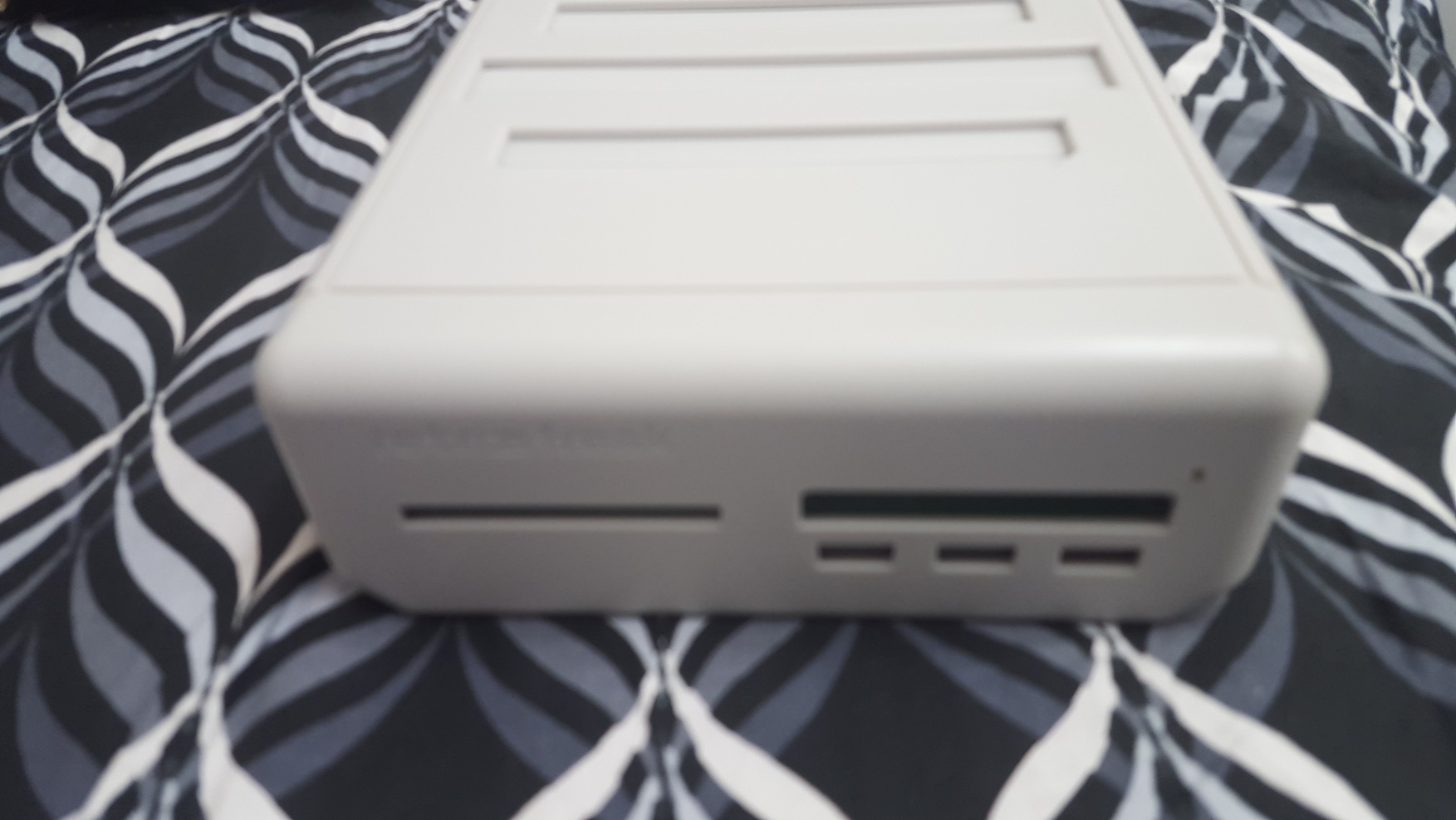
the dull console
The most utterly dull and uninspiring console ever. Â The plastic feels VERY cheap too. Â Holding something like a Mega Drive (Genesis), or a Super Famicom feels so solid. Â And the SONY gear is top notch. Â This is just featureless dull soft gray plastic. Â And not even a logo, or any real surface features save a power LED. Â It just feels cheap.
Now one interesting thing, is that the majority of the body is actually the cartridge reader. Â You have the ability to flip it over, and slide out the actual console, which is much smaller, and cast in the same dull and cheap plastic.
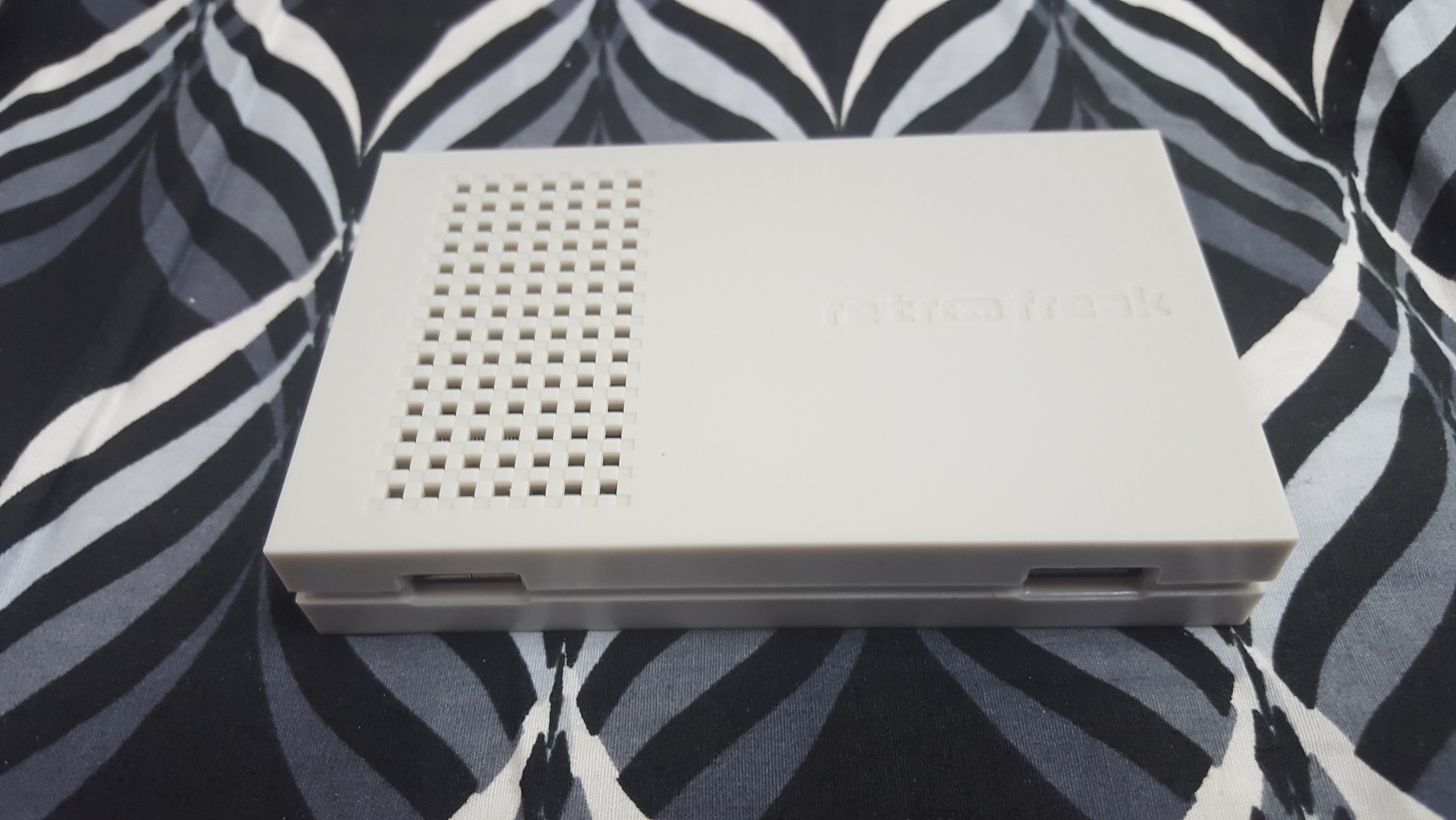
The actual console
The console has 2 USB ports for 2 controllers. Â I haven’t seen any USB SEGA controllers (what the hell are they doing? Â Is there that much money in Gundam VR, and Pinchino?) Â But there is lots of knock off Nintendo USB controllers. Â I have some to test later that I scored for 700 YEN.
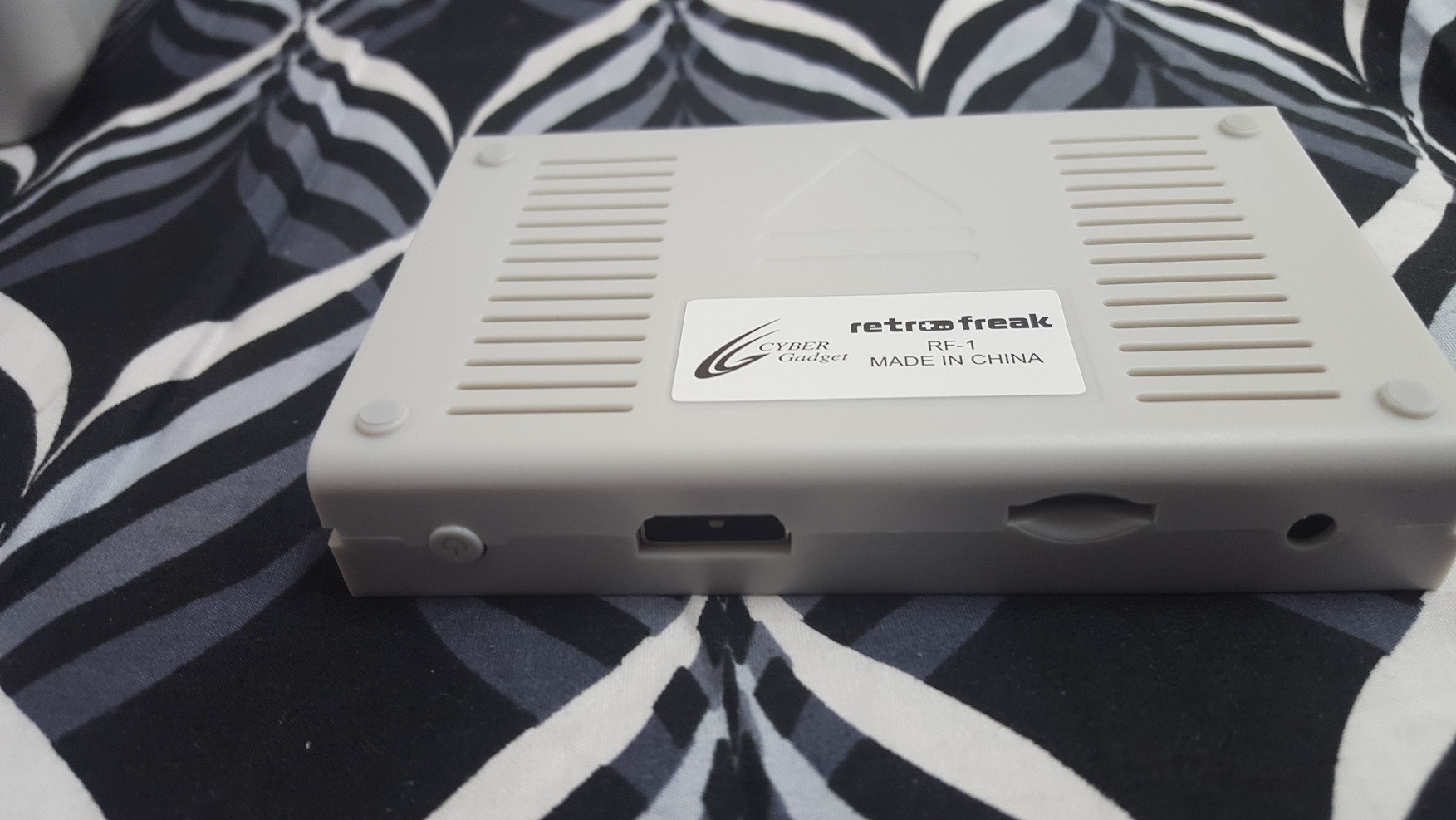
Console underside
Flipping it over, reveals that it is made in China, and it is made by Cyber Gadget, out of Japan.
Turning the unit on, doesn’t reveal any fancy startup screen or logo, just a language selection. Â There is online help, but of course its in Japanese.
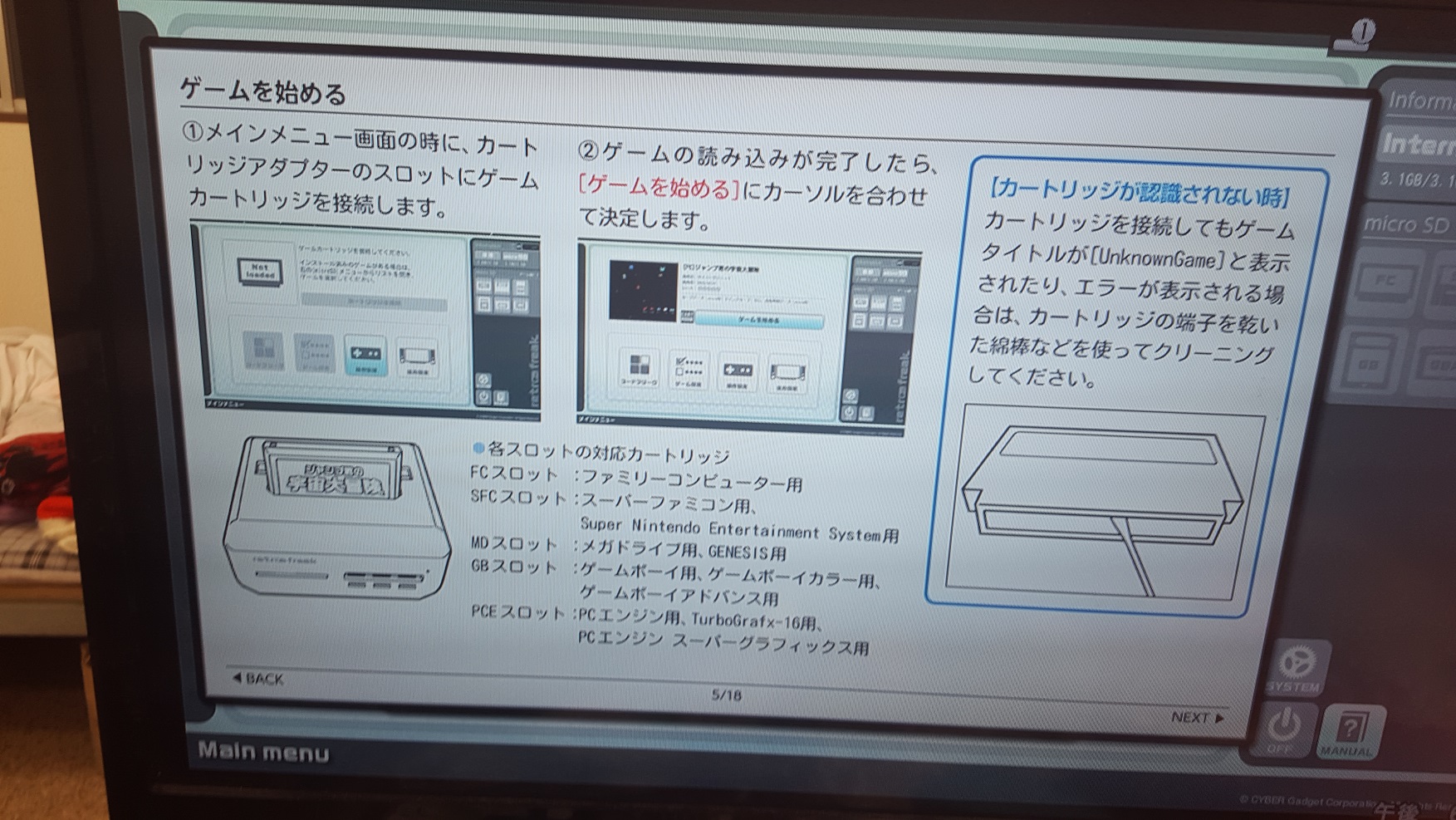
HELP!
I am still not sure if you can just plug and play cartridges at will. Â It also doesn’t like it if you just power it off abruptly.
Because it was getting late, I slapped in the only Mega Drive game I bought so far on this trip, Air Diver
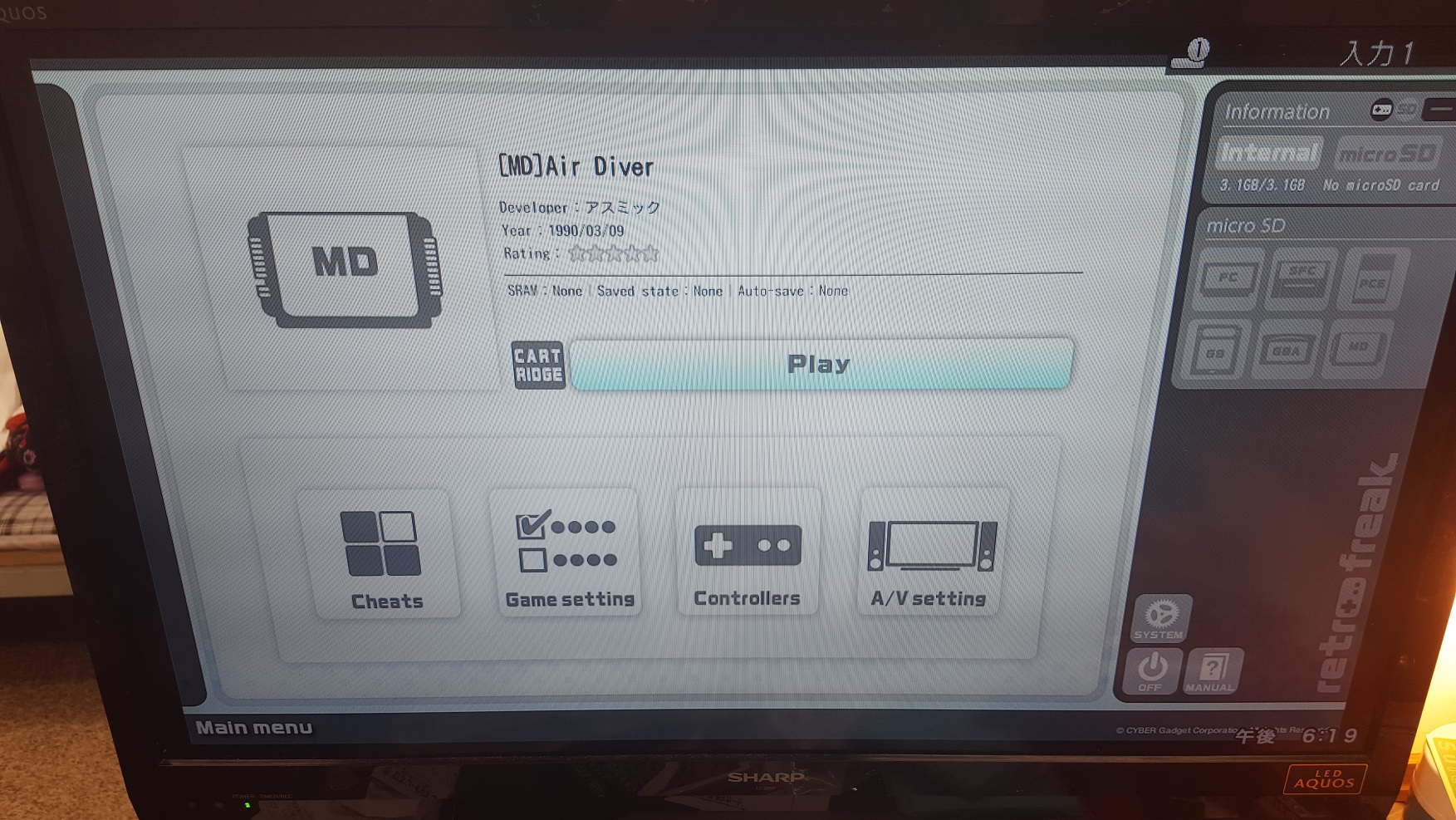
Air Diver
It detected just fine, and I was able to play without issues.
Playing the game was much like the real thing, and you can add all kinds of screen filters, and other things to make your LCD TV behave like a CRT including overscan, and some saturation if you go further into the video settings.
The bundled controller is more SNES+WiiU feel to it. Â Again I am just bummed out there is no SEGA knockoff stuff.
The good part is that it supports a crazy amount of formats!
- Mega Drive
- Famicom
- Super Famicom
- Game Boy
- Game Boy Colour
- Game Boy Advanced
- PC-Engine
Which is pretty cool. Â I always wonder why nobody has approached SEGA on licensing the BIOS for the MEGA-CD, or the 32x. Â Naturally SONY wasn’t too thrilled about emulation of the Play Station 1 from a long time ago.
So the plus is that this does a LOT of emulation for the buck, if you want to read your own cartridges. Â The practical side says that they have all been downloaded and converted ages ago and are trivial to find online. Â It isn’t as cool as the actual hardware, but considering it is new it is much cheaper than buying and recapping a bunch of machines.
And honestly, you would probably prefer the retrode 2, which is a USB peripheral to read Mega Drive, and Super Famicom (Gensis and Super Nintendo).
While the Retro Freak does read many more formats it is better suited to someone who “just wants the damned thing to work!” Â And it succeeds in being a magical box you can slap the cartridge into, and start playing.
And regarding what is under the hood, regarding the software license:
RetroFreak uses source code from the following open source projects:
- VBA-M (both primary SVN and VBA-Next fork)
- Genesis Plus GX
- FCEU (FCEU-Next fork)
- SNES9x (SNES9x-Next fork)
- Mednafen
And of course a fork of the Linux kernel.












